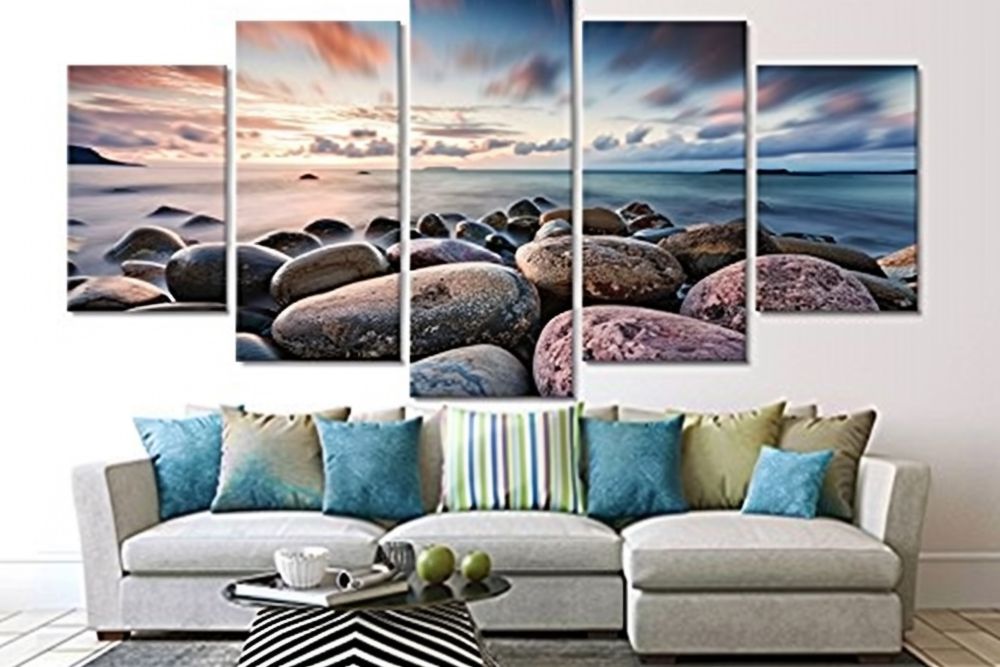How Digital Art Is Transforming the Traditional Art World
Art has always been an evolving medium, reflecting cultural, technological, and societal shifts. In recent years, the rise of digital tools has dramatically reshaped artistic expression, sparking an ongoing conversation about the relationship between digital art and traditional art. This fusion of past and future has created new possibilities for artists, allowing them to merge classical techniques with cutting-edge digital innovations.
How Digital Art Changes Tradition
For centuries, artists have relied on tangible materials like paint, charcoal, and clay to bring their visions to life. However, advancements in technology have introduced a fresh set of tools that redefine creative boundaries. How digital art changes tradition is evident in the way artists now approach their craft. The ability to undo mistakes, manipulate layers, and experiment with a vast range of digital brushes enables an unprecedented level of control over the artistic process.
Digital platforms have also democratized art, making it more accessible to people worldwide. With tablets and styluses replacing canvases and brushes, emerging artists can practice and refine their skills without the expense of physical supplies. Additionally, digital techniques have expanded into areas like animation, concept design, and interactive media, proving that traditional artistry is not being replaced but rather enhanced by technological advancements.
Impact of Digital Art on Classics
One of the most intriguing aspects of modern creativity is the impact of digital art on classics. Masterpieces from legendary artists such as Da Vinci, Van Gogh, and Monet are now being reinterpreted through digital means. Museums and galleries use digital restoration techniques to preserve aging works, ensuring that future generations can experience them in their full splendor.
Additionally, the concept of “remixing” traditional art has gained popularity. Artists blend classical compositions with modern digital effects, transforming age-old paintings into contemporary masterpieces. This convergence has led to interactive exhibits, where viewers can engage with art in ways never before possible. Digital projections, augmented reality, and virtual experiences allow audiences to step inside historical paintings, experiencing them in immersive and dynamic ways.
Blending Traditional Art with Digital
Rather than viewing digital and traditional methods as opposing forces, many artists have embraced the idea of blending traditional art with digital techniques. Hybrid approaches, such as digitally refining hand-drawn sketches or incorporating traditional textures into digital paintings, have become increasingly popular.
For example:
- Hand-Drawn to Digital – Many illustrators begin their works with pencil sketches, scanning them into software like Photoshop or Procreate for further refinement.
- Mixed Media Creations – Artists use real-world textures, such as watercolor splashes or ink strokes, and overlay them onto digital canvases to maintain an organic feel.
- 3D and Sculpture Integration – Traditional sculptors can now scan their physical models and refine them digitally, opening doors to 3D printing and augmented reality applications.
- Digital Murals and Public Art – Street artists use digital techniques to map out large-scale murals, ensuring precise compositions before applying paint to physical surfaces.
The Future of Art in a Digital Age
As the art world continues to evolve, the integration of digital techniques will only become more pronounced. AI-generated art, virtual reality installations, and blockchain-based NFTs are pushing artistic boundaries beyond conventional frameworks. However, rather than replacing traditional methods, these innovations are expanding artistic possibilities, offering new ways to create, share, and experience art.
Ultimately, digital art and traditional art are two sides of the same creative coin. By embracing both, artists can explore limitless opportunities, preserve the legacy of classic techniques, and redefine what it means to be an artist in the modern world.

